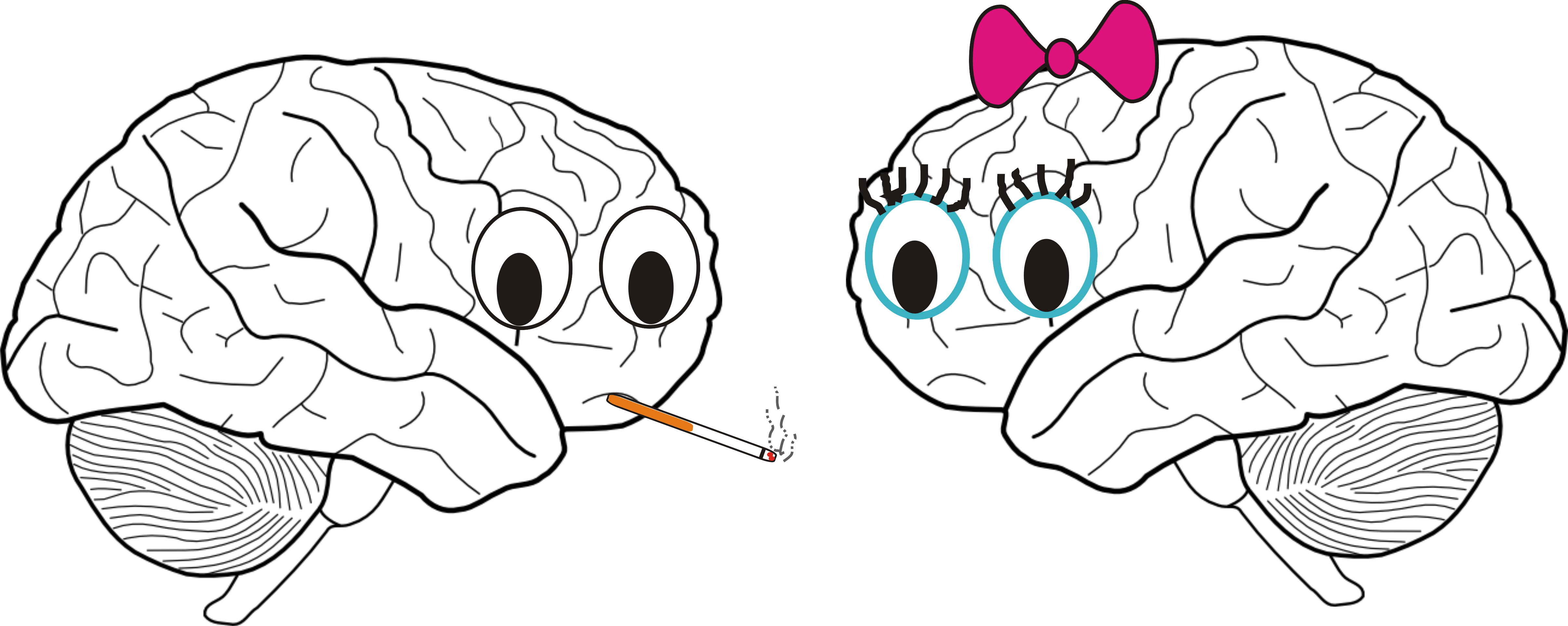Differences between the male and the female brains have fascinated humans for a long while. Going back to the times of the Greek philosophers, people have wanted to know how and why brains of the two sexes vary, and whether these differences are hardwired or due to the environment. Both brain structure and its function have been investigated. For example, it is generally found that men have, on average, larger brains that women, even after taking overall body size into account.
A recent study published in Proceedings of the National Academy of Sciences investigated structural differences in male and female brains using a technique called diffusion tensor imaging, which looks at the neuronal fibres connecting the different regions of the brain. The study reports greater connectivity within the two hemispheres in men, while greater connectivity between the hemispheres in women. The authors then go on to suggest that male brains have structure which facilitates perception and coordinated action, while the female brains facilitate intuitive and analytical processing modes.
This seems to be a reasonable conclusion and confirms what we know about men and women’s different abilities, right? However, we need to be careful with drawing inferences about brain function from differences in its structure. First of all men’s brains are bigger and a different structure may be more efficient for the same function. Secondly, we need to bear in mind that differences in structure may not necessarily mean variations in function. For example, there is a case of a German girl who was born with only one brain hemisphere, who nevertheless had normal brain function carried out by the remaining hemisphere. Finally, the brain has a lot of plasticity, which means that certain structural modifications can occur as a result of environmental demands. For example, boys may develop better spatial awareness by playing with typical boys’ toys during childhood, rather than due to some pre-determined biological differences. The authors of the recent study report differences between the male and female brain mainly after 13 years of age, which suggests that environmental factors could be involved.
It is often hard to be objective in psychology and neuroscience, as we are trying to study the human brain using our own human brains, and it is easy to exaggerate the significance of the results to reinforce our society’s established stereotypes. Thus one always needs to take a critical approach and not succumb to “neurosexism”.

